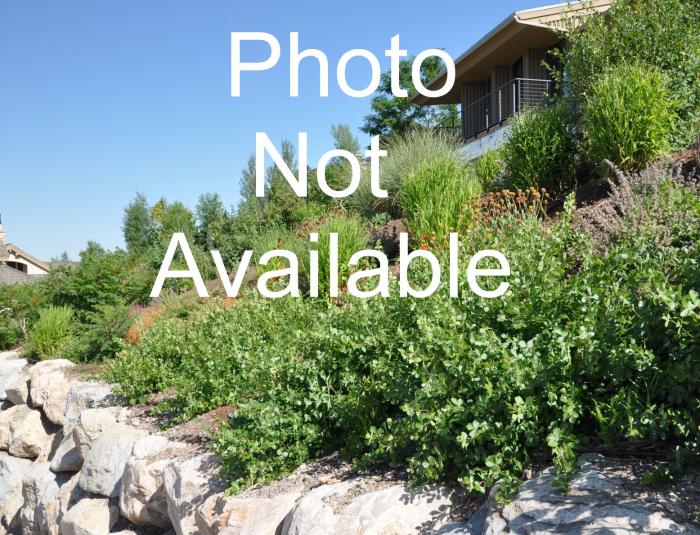| Botanical Name: Symphoricarpos x chenaultii 'Hancock' | |
| Common Name: Hancock Coralberry |

-
Anatomy
-
Culture
-
Design
Plant Type
Shrub, Ground cover
Height Range
1-3'
Flower Color
Pink
Flower Season
Summer
Leaf Color
Green
Bark Color
Brown
Fruit Color
Pink
Fruit Season
Fall, Persistent
Sun
Full, Half, Shade
Water
Low, Medium
Growth Rate
Moderate
Soil Type
Sandy, Clay, Loam, Rocky, Unparticular
Soil Condition
Average, Rich, Poor, Well-drained, Dry
Soil pH
Neutral, Basic
Adverse Factors
n/a
Design Styles
English Cottage, Formal, Meadow, Mediterranean, Ranch, Spanish, Woodland
Accenting Features
Fall Color, Showy Flowers, Silhouette
Seasonal Interest
Winter, Spring, Summer, Fall
Location Uses
Shrub Border, Foundation, Raised Planter
Special Uses
Cascade, Cut Flowers, Erosion Control, Mass Planting, Naturalizing
Attracts Wildlife
Birds
Information by: Stephanie Duer
Photographer:
Photographer:
-
Description
-
Notes
This dwarf hybrid coralberry a low-growing, spreading, deciduous shrub which typically grows 12 to 18 inches tall and spreads 6 to 8 feet. Branches have a graceful arching habit, and the tips may root where they touch the ground. Leaves are roundish and a dark, matte green, with yellow fall color. Bell-shaped, pink flowers appear in summer along the stems in clusters and at the stem ends. Flowers give way to clusters of pink/coral berries which mature in autumn. Berries persist into winter providing excellent color and interest. Berry-laden winter stems may be cut for indoor floral arrangements. Wonderful groundcover for dry shade areas.
Grow in well, drained soils in full sun to dappled shade. Tolerant of a variety of soil types, though best growth occurs in sandy-loam or loamy-clay soils. Does well in dry shade. Generally does not require pruning. Birds are attracted to the berries. A valuable groundcover.